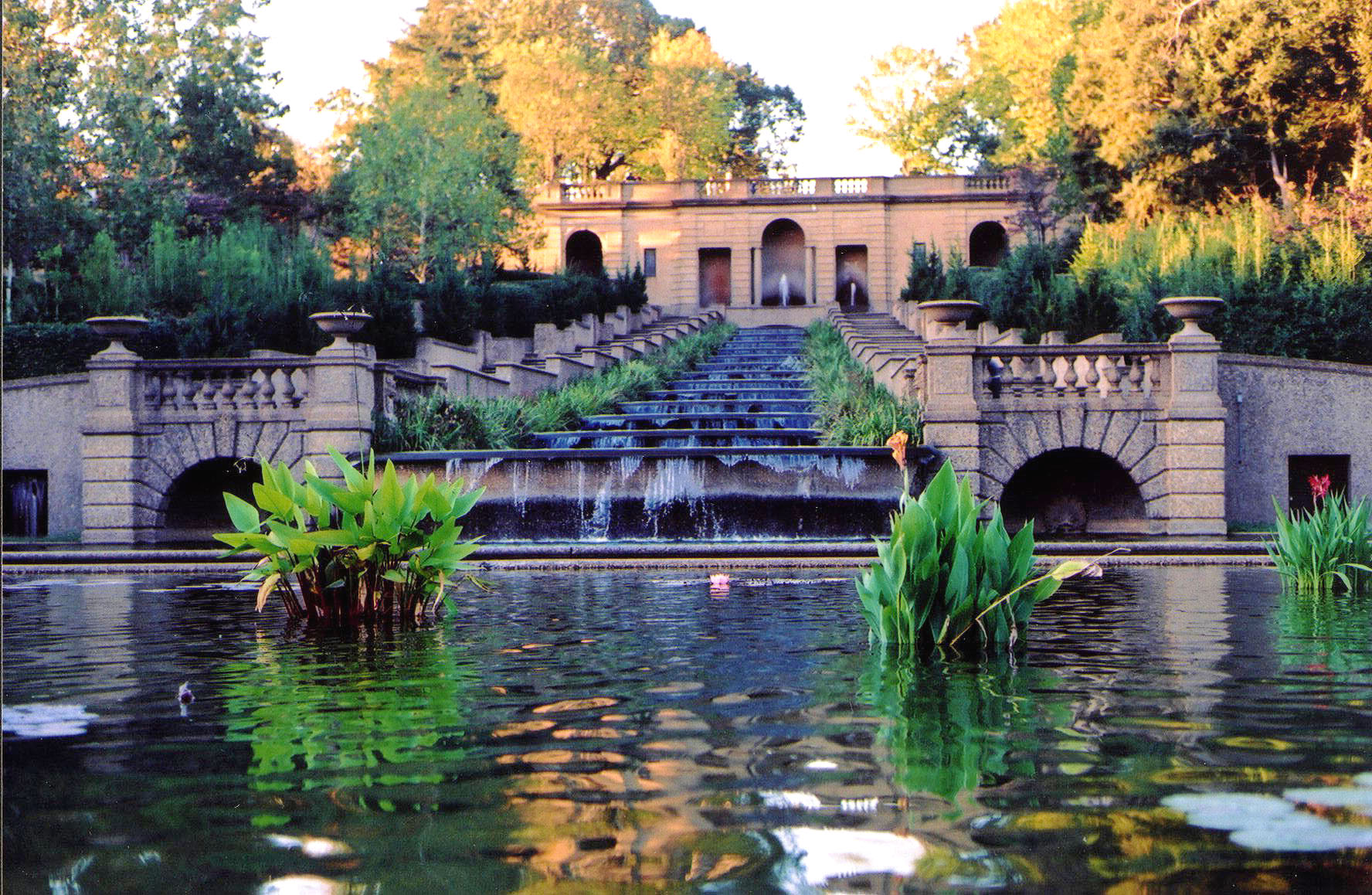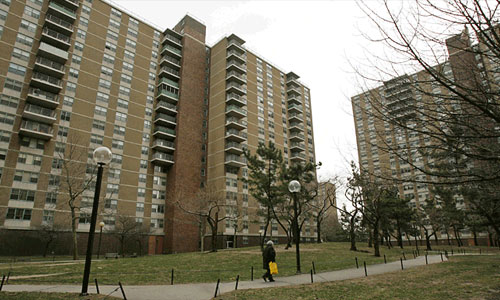John Petro
The City, Your Mental Health, and Green Spaces

Meridian Hill Park, Washington, D.C.
Here's an interesting story from the Boston Globe on the effect of urban environments on the brain. After reading it, one can come away with one of two different impressions: 1) incorporating parks and green space in the city is important or, 2) cities are unnatural and harmful places that should be avoided.
As for the latter impression, the author calls cities "deeply unnatural." But cities are no more unnatural than birds nests, ant hills, or the burrows of groundhogs; like an ant hill, a city is the built environment of natural beings, i.e. humans.
I prefer to come away with the first impression: that incorporating parks and trees into neighborhoods is good urban design. That's why New York City Mayor Bloomberg's goal to create a new park or plaza in every neighborhood is laudable. The communities of Sunset Park and Red Hook in Brooklyn are seriously deprived of green space. According to the community group UPROSE:
"The community has less than 1/4 of an acre of open space for every 1000 people. The New York City Standard is 2.5 acres, which is one of the lowest metropolitan standards in the United States. Most cities require 6 to 10 acres per 1000 people."
Efforts to plant street trees are also important, but are also very costly and difficult to implement successfully. This article from the Washington Post discusses the numerous "Million Tree" planting projects in different US cities. It is estimated that it costs $1,000 to plant a new tree and in Manhattan. And this New York Times article describes some of the challenges involved in planting trees in an urban environment.
"Sometimes the residents or homeowners are worried about their allergies (though the trees are intended to help alleviate asthma and allergy rates citywide); sometimes they’re worried that a branch will fall on their car (a call to 311 will procure a free pruning). Sometimes they’re worried about the extensive construction required to plant a tree in a patch of concrete... For [New York City Department of Parks and Recreation forester] Mr. Simpson, it was an education in New York thinking. 'It’s O.K. if we ask for it, but you can’t tell us we have to have it,' he summarized."
But getting back to the importance of parks and trees as good urban design: we must also remember that the desire to increase the amount of greenspace led first to the Garden City movement and then the "Radiant City" type designs of Le Corbusier and others. These movements advocated for "tower in a park" designs during the "urban renewal" era of city planning. These developments, commonly found in housing projects but also found in high-end residential and commercial developments, destroyed the street grid and strangled street life, leading to spookily desolate urban environments.

John Petro: Author Bio | Other Posts
Posted at 10:46 AM, Jan 07, 2009 in
Urban Affairs
Permalink | Email to Friend










